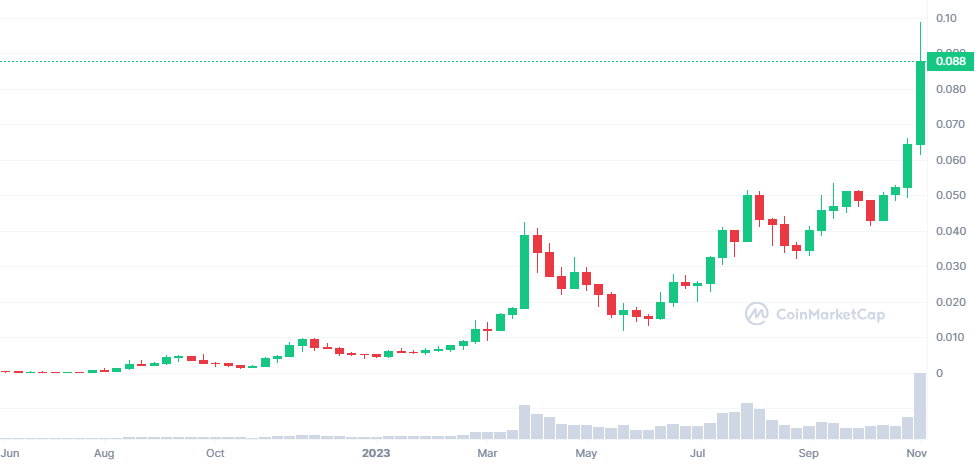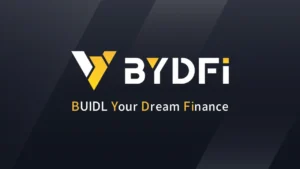What is Kaspa (KAS)? Everything you need to know at a glance
3 min readTable of Contents
Kaspa (KAS) has performed extremely well on the markets over the last nine months. But what is the cryptocurrency project?
Kaspa is a Blockchain Network that uses a Proof-of-Work (PoW) consensus mechanism and implements a Block Directed Acyclic Graph (BlockDAG) structure that supports parallel existence multiple blocks and thus solves the problem of the high orphan rate of the blockchain (e.g. when two blocks are mined at the same time, but the network only accepts one of them).

Satoshi Nakamoto-inspired project aims to maintain key elements of the Bitcoin consensus, including proof-of-work mining, deflationary monetary policy and decentralized administration.
How does Kaspa work?
In contrast to traditional blockchains, Kaspa uses the GHOSTDAG protocol, in which blocks created in parallel coexist and can be ordered by consensus.
This approach, known as BlockDAG, ensures secure operation while maintaining high block rates.
Kaspa currently operates at one block per second and would like to achieve even higher rates of 10 or even 100 blocks per second. This scalability sets Kaspa apart from many other blockchain networks.
Kaspa offers a number of features that contribute to its robustness and ease of use.
These features include accessibility, allowing users to query the topology of the DAG, block data pruning (with future plans for block header pruning), and Simple Payment Verification (SPV) proofs, a cryptographic technique that allows checking the validity of transactions without having to download the entire blockchain.
The project also offers subnet support, enabling the implementation of Layer 2 solutions and paving the way for improved functionality and scalability.
Another notable aspect of Kaspa is its unique monetary policy. The project envisages a geometric reduction in emissions over time, based on the twelve-tone row of music.
In this strategy, called the chromatic phase, block rewards are reduced according to the frequencies of successive semitones in a tempered chromatic scale.
The initial block reward is set at the frequency of grade A4, with the reward halved once per year.
Founder and development team of Kaspa
Kaspa was originally founded by research and development company DAGLabs with investment support from PolyChain was launched.
However, Kaspa has developed into a community project without central administration or business model.
The founder of Kaspa is Yonatan Sompolinsky, a postdoc CS at Harvard University and member of the MEV Research Team.
Yonatan Sompolinsky’s contribution to the blockchain field is notable: his 2013 paper on the Ghost protocol is cited in the Ethereum whitepaper.
Other key members of the Kaspa development team include Shai Wyborski, a PhD student in cryptography, Michael Sutton, a CS master, Mike Zak, a CS student, Elichai Turkel, a cryptography researcher, and developer Ori Newman.
Tokenomics by Kaspa
Kaspa’s BlockDAG architecture coupled with the fast blocking speeds of the KAS cannon make one of the few tokens for solo mining.
Kaspa was launched fairly in November 2021, with no pre-mine, pre-sales or coin allocations. The maximum supply of Kaspa tokens is set at 28.7 billion coins.
The issuance schedule follows the pattern of a halving once a year, with gentle monthly reductions.
Currently, the project’s own token, KAS, is trading at around $0.09, up about 50% in the last few days corresponds.

According to data from CoinMarketCap, the token has risen an incredible 74,000% since its launch in July last year.
Conclusion
Kaspa is an innovative blockchain project that combines the security of the PoW mechanism with high block rates and minimal confirmation times.
With its unique features and pursuit of scalability, Kaspa has the potential to be a major player in the decentralized applications to become.






